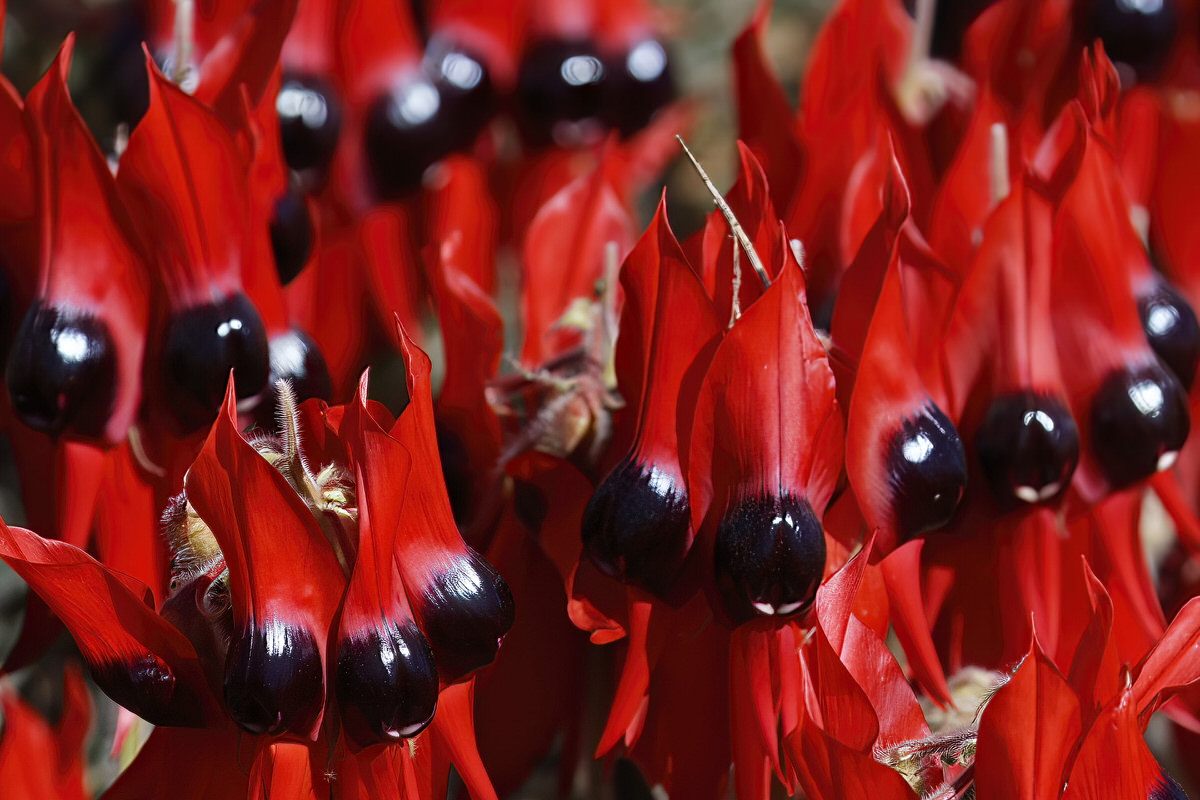Part 2 of the Point & Shoot images from places like Munjina Lookout Road, Albert Tognolini Lookout, Karajini NP Visitor Centre, Warlu Way, Kalamina Gorge Trail, Hamersley Gorge Road, the Roebourne – Wittenoom Road at Chichester, Deep Reach Picnic Area on the Barrimirndi Trail, Panorama Lookout at Roebourne, Python Pool Trail at Millstream, Miliyanha Campground at Kanjenjie, Snappy Gum Drive and the Tom Price-Karratha Road. Lots of panoramas this time around.
How does The Doc know these names years later? All his images have GPS co-ordinates put into them, plus he adds keywords. However another source is using those GPS co-ordinates to Reverse GeoCode the images, this process puts location data into the photo. The Doc just copied some of that information from the images into the blog post.
Viva Cristo Rey.

























































































































































You must be logged in to post a comment.